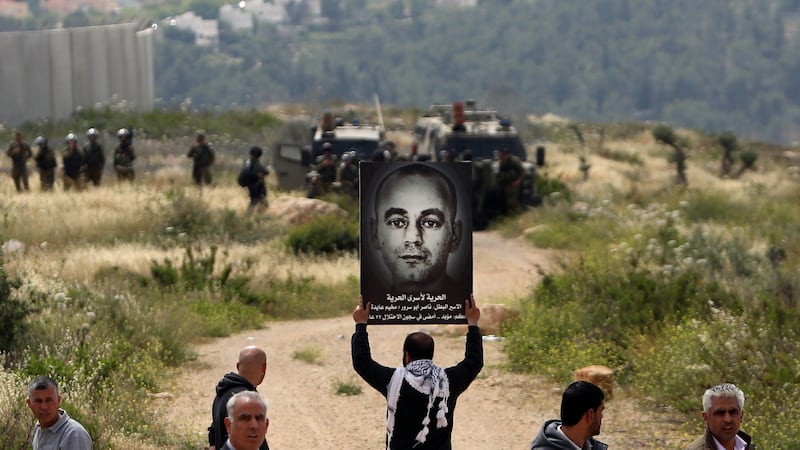Civilians of all ages caught up in the Syria n conflict increasingly face death, maiming and severe trauma, according to Un icef, Save the Children and Amnesty International.
Since children make up half the society, the UN Children’s Fund says the violence may leave an entire generation deeply scarred for life due to exposure to bombing, killing, sexual assault, loss of parents and frightening journeys from the certainties of home life to uprooting and exile.
Since many hospitals have been damaged or destroyed and 20 per cent of schools are no longer functioning, many children at home have little health care and no school while most displaced or refugee children are deprived of both.
Save the Children says two million Syrian children face disease, malnutrition, coerced marriage and enduring traumatic stress. "This is a war where women and children are the biggest casualty," says the organisation's chief executive Justin Forsyth.
Visits to Syria
Amnesty International elaborates these findings in separate briefings, based on staff visits to Syria, on human rights violations by both sides.
The 24-page report on the activities of government forces describes the increasing frequency and scale of bombings, arrests and extra-judicial killings of men and boys suspected of supporting the rebels.
Regime forces are also conducting indiscriminate strikes on civilian areas under rebel control rather than targeting military sites.
Amnesty argues that such attacks belong to a policy of repression and collective punishment adopted by the government since unrest began in March 2011 and says weapons used – heavy bombs, cluster munitions, and surface-to-surface ballistic missiles – have greatly boosted casualties and destruction.
Over the past two months, the bodies of executed men, hands tied behind their backs, have appeared in Aleppo 's Kweik river where they had floated into rebel-held quarters from government-controlled areas.
In a 32-page report, Amnesty says there is “evidence of mounting war crimes and other abuses being committed . . . by armed opposition groups,” some but not all of which are affiliated with the Free Syrian Army. These groups are “summarily killing people with a chilling sense of impunity and the death toll continues to rise as more towns and villages come under control of armed opposition forces”.
Rebel victims
Amnesty reports that the main rebel victims are captured military personnel, members of pro-government militias, journalists, people regarded as collaborators or informers and members of minority communities loyal to the government, notably Shias and Alawites. Killing and abusing these categories of people are war crimes, Amnesty says.
Rebel factions violate international law by positioning themselves and storing munitions in civilian areas. They carry out reckless attacks, hold hostages and torture and behead captives. These abuses, also classified as war crimes, have continued in spite of a code of conduct signed last August by units of the Free Army.
Amnesty adds that the independent fundamentalist Jabhat al-Nusra announces executions while it and other groups make videos of killings.
Rebels in the Tadamon quarter of Damascus dug a “hole of death” into which they threw corpses of victims.















